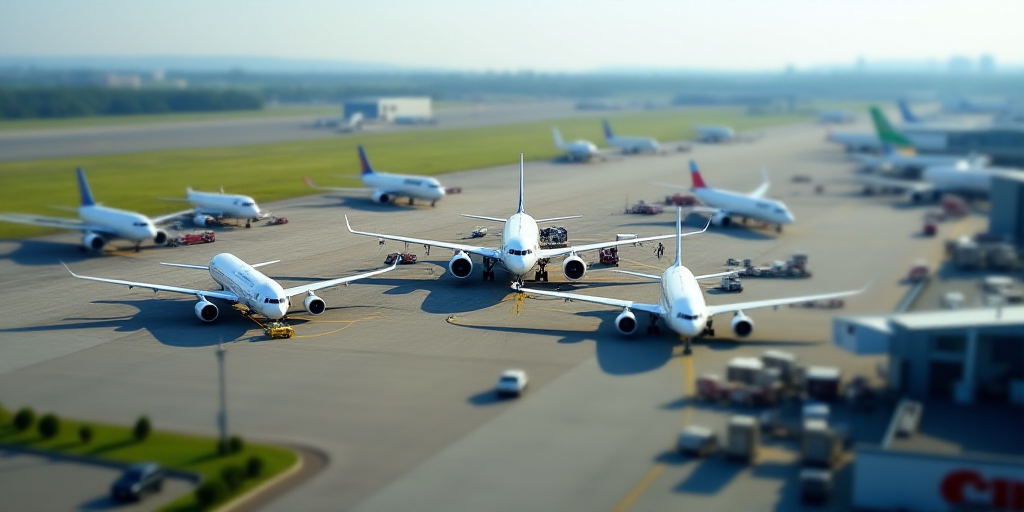Overview of the Situation
The Mexican Caribbean, a popular tourist destination, is facing a significant air seat shortage affecting its top 10 international markets. According to the study “Perspectiva Turística del Caribe mexicano” by the Advanced Tourism Sustainability Research Center (STARC) at Anáhuac University, eight out of these ten destinations have experienced drops ranging from 3.8% to 45% in air seat availability during the first four months of 2023.
Key Players and Their Impact
Francisco Madrid, STARC’s president, attributes over 90% of this downward trend to the lack of available airline seats.
Colombia stands as an exception, with a 45% drop in air seats between January and April 2023. This decline is largely due to negative perceptions of mistreatment by Mexican authorities at migration and customs checkpoints in Cancun and Mexico City airports.
The United States, however, is projected to see a 4.5% reduction in the 2.5 million air seats planned for July-August 2023, resulting in approximately 105,000 fewer seats by the end of the 2025 summer season—the primary international tourist market for Cancún.
Global Impact and Causes
The air seat shortage is attributed to high demand for aircraft, coupled with production issues at companies like Boeing, bottlenecks in the supply chain, and labor shortages, according to STARC’s director.
“Only Volaris has around 100 aircraft on order, and hundreds of airlines worldwide are waiting,” explained the director.
Rodrigo de la Peña, leader of the Cancun, Puerto Morelos, and Isla Mujeres Hotel Association, confirmed that interest in visiting the Mexican Caribbean remains strong, with fully booked flights. However, without resolving the aircraft shortage, growth and expansion into new markets will remain unattainable.
Key Questions and Answers
- What markets are affected by the air seat shortage? The top 10 international markets sending tourists to Quintana Roo, including Colombia, the United States, France, Germany, and others, are experiencing significant drops in available air seats.
- What is the primary cause of this shortage? The main factors are high demand for aircraft, production issues at companies like Boeing, supply chain bottlenecks, and labor shortages.
- How has Colombia’s situation differed from other markets? Colombia’s 45% drop in air seats is mainly due to negative perceptions of mistreatment by Mexican authorities at airport checkpoints.
- What is the projected impact on the United States market? The U.S. market is expected to see a 4.5% reduction in air seats by summer 2023, resulting in around 105,000 fewer seats by the end of that season.






